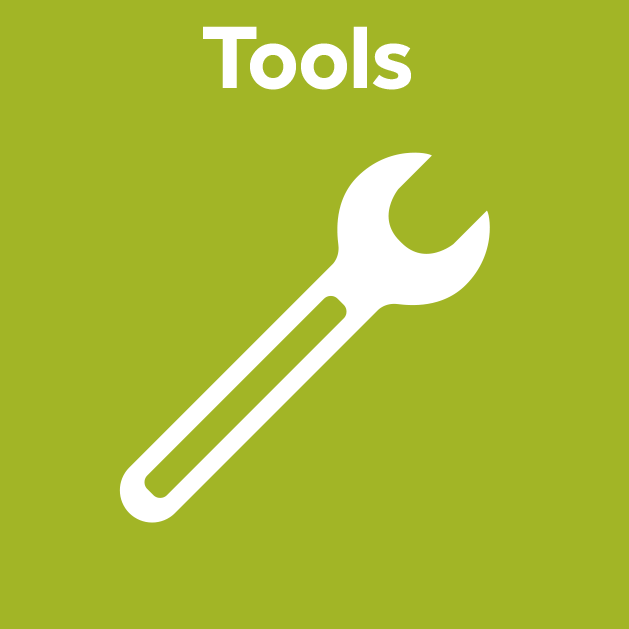Open Source 3D Printed Microscope
Posted on 17 October 2021
PUMA – The [P]ortable, [U]pgradeable, [M]odular, [A]ffordable microscope – published in the Journal of Microscopy 2021; 283: 259– 280 – is an open source 3D printed advanced professional microscopy system. It is a high quality direct vision microscope using professional quality objectives and oculars and can be configures to do transillumination (full Köhler, polarizing, etc.), epi-illumination (white light, epi-polarization, epifluorescence) with phase contrast, dark field and other advanced illumination methods. PUMA can also do Fourier light filtration having its own colour TFT screen-based Spatial Light Modulator (SLM) so can be used for Fourier ptychography, 3D tomography and adaptive aperture shaping.
PUMA is also the only 3D printed open source microscope to date with an active TFT matrix-based augmented reality projector (AR projector) to effect a digital overlay Heads-up-Display (HUD) optically superimposed on the live optical image of the specimen on the stage.
PUMA does NOT require a camera, computer or monitor to operate and is fully portable and lightweight – even with its advanced options. It can also be used as a benchtop microscope and coupled to an external computer for advanced high level analysis and image capture. PUMA can accept up to 3 separate cameras simultaneously to record the specimen on the stage and is highly customisable by the user.
All CAD files (FreeCAD) source are available on the GitHub repository in addition to all source code and there is a dedicated ‘PUMA Microscope’ YouTube channel with video tutorials on how to build and use it.
Type of tool: Open Hardware Design
Resource Created By: Dr Paul J. Tadrous
Licensed by: GPL v3.0
Is this tool open source?: Yes
You may also be interested in

easyFRAP
Quantitative and qualitative analysis of FRAP data
Lygerou Lab

LLSpy-SLM
Python app for creating SLM masks for light sheet
Talley Lambert, Harvard Medical School

Micro-Manager2 MacroExtensions
Allows ImageJ to access Micro-Manager2 functionalities
Jerome Mutterer

